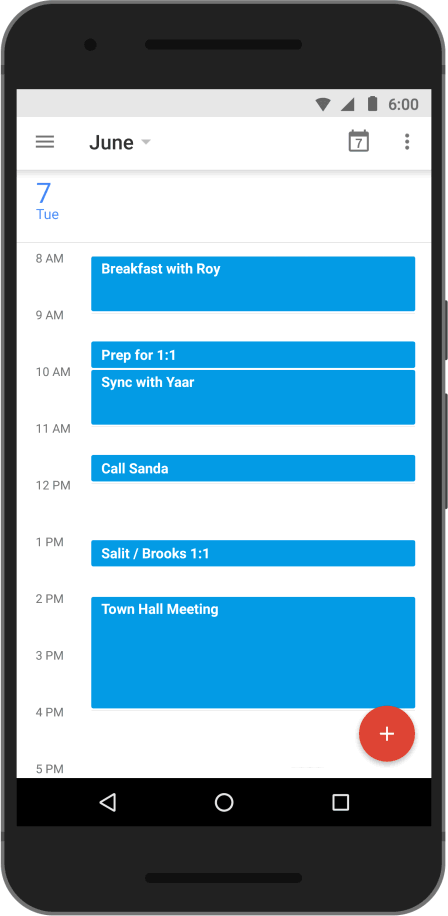Posted by Greg Bennett, Imaginea Editor's note: Today we hear from Greg Bennett of Imaginea Energy, an oil and gas company based in Calgary, Alberta Canada. Learn how Google Apps helps Imaginea defy industry stereotypes as they work to produce energy sustainably, securely and profitably.
At Imaginea Energy, our vision is an Oil and Gas industry that is much better for the Planet, and for People, and for Profits. This vision is reflected in our culture, the mindsets of our people as well as in our organizational model. Together, our organizational model and culture promote curiosity, teamwork and 10X thinking — values that affect everything from our team-driven project pitches, to idea generation to the tools that are integral to creating solutions that match our aspirations, like
Google Apps for Work.
We switched from our previous platform because our legacy storage, productivity and email tools didn’t reflect our open and transparent culture or our vision of the future. The closed IT environment made it difficult to collaborate together beyond very small teams: file-sharing was non-existent, which created insane revision situations and confusion about document version control.
Google Drive changes all of that. We've migrated nearly 260,000 files to Drive, all of which can be accessed from anywhere, on any device, without deploying a rigid shared drive structure.
Google
Docs,
Sheets,
Slides and
Forms have absolutely transformed how we work together. With real-time editing, commenting and data collection, we can quickly share ideas and insights and rapidly move work forward together. At a recent meeting we had over 30 people generate 20 pages of new ideas in under two hours. Seamless collaboration and rapid ideation like this simply wasn’t possible before.
Google Apps for Work combined with our flexible working environment provide maximum autonomy, which our employees leverage to increase their productivity both in and out of the office. Visit our headquarters on a Friday and you might find up to 40% of our people foregoing their commute in favour of working from home (or a coffee shop, or a park). This flexibility really works for our company and our team.
With access to information online or
offline, the ability to work remotely extends to the vast 30,000 km2 of rolling prairie that our operations cover. Operators can capture data even without internet access. Once they re-connect, all of their offline work is instantly synced, eliminating redundant data-entry and confusion.
Our ability to work from anywhere has been further enhanced by using
Google Hangouts. Whether a field operator is at one of our 600+ active wells or a team member is running a training presentation from 7,000 kms away in Europe, Hangouts connects our people face-to-face. Our field staff have cut down on the 500 km round trip visits to headquarters — now they can spend more time on-site, and less time driving by communicating and holding meeting via Hangouts. Reducing driving time increases the safety of our team, and also reduces our environmental footprint and operating costs.
Not only has switching to Google Apps saved us significant time, it will also reduce our IT spend. By mid-2016, we’ll have saved over 50 percent on IT maintenance, money that can be redeployed to develop solutions to business problems and maximising our team’s capabilities.
Google Apps gives us the security we need without compromising information flow or flexibility. The
Admin console lets us customize mobile device management and quickly respond to changing security events. On a recent trip to Paris, a company device was stolen on the subway. Within 12 minutes, access credentials were changed and our data was secured. This security extends behind the scenes to every part of Google Apps. We may never have world-leading security experts on our staff, but luckily we don’t have to: Google does. Having trust in our tools, combined with the trust we invest in our employees, means we can focus on creating value without obsessing over security.
At Imaginea, we defy industry stereotypes by focusing on Planet, People and Profit together. When you set out to reimagine an industry like oil and gas, achieving that vision is only possible with the right people and the right tools. With Google Apps, we’ve set course to truly transform our business and the energy industry.







